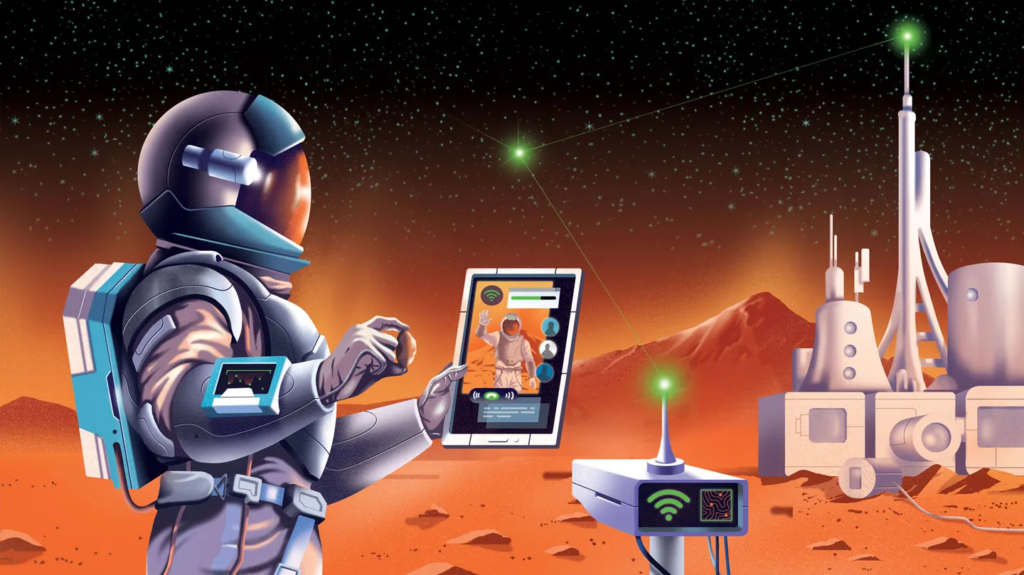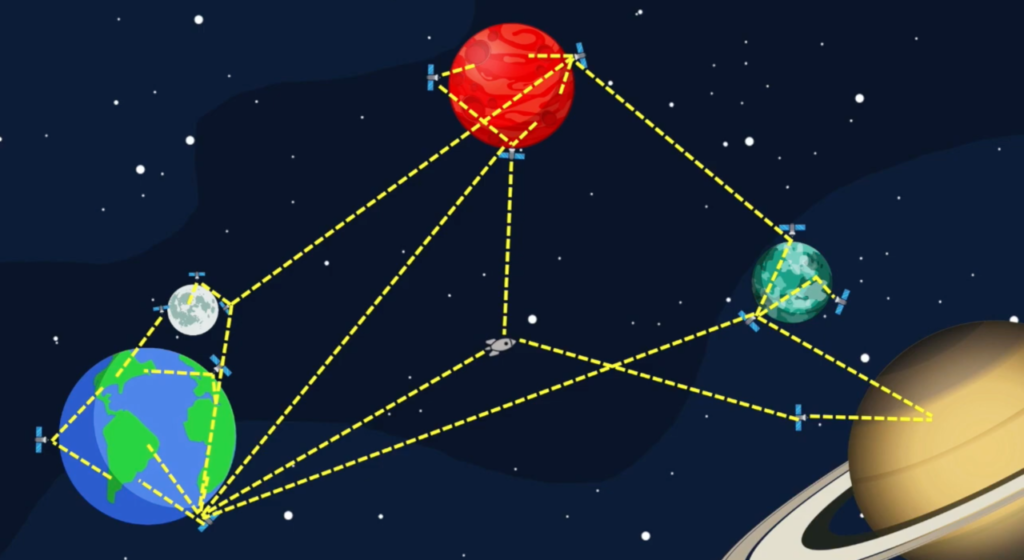
As humanity sets its sights on Mars, the idea of establishing a permanent human presence on the Red Planet is no longer confined to the realms of science fiction. One of the most intriguing questions that arise from this interplanetary ambition is: Will we be able to connect to the Internet from Mars? As ambitious missions are planned for human exploration and colonization of Mars, the development of an interplanetary Internet infrastructure is becoming increasingly vital.
1. The Need for Connectivity
For astronauts and researchers on Mars, having a reliable Internet connection is essential. Here’s why:
- Real-Time Communication: To ensure safety and collaboration, astronauts will need to communicate with their teams on Earth and share data in real-time. A solid Internet connection will facilitate constant communication for updates, instructions, and support.
- Data Transfer: Missions to Mars will generate vast amounts of scientific data, from environmental readings to images of the Martian landscape. Efficient data transfer back to Earth is crucial for analysis and mission success.
- Psychological Well-Being: Being on Mars can be isolating. Access to the Internet can help astronauts maintain contact with family, access entertainment, and engage in social interactions, which are important for mental health during long missions.
2. The Challenges of Interplanetary Internet

While the idea of Wi-Fi from Mars sounds appealing, several challenges need to be addressed:
- Distance and Delay: Mars is an average of 225 million kilometers (140 million miles) away from Earth. This distance leads to a significant communication delay—up to 20 minutes one way. This delay affects real-time communication and the responsiveness of Internet applications.
- Signal Interference: The Martian atmosphere presents additional challenges for signal transmission. Dust storms and extreme weather conditions can disrupt signals, necessitating robust technology to ensure stable connectivity.
- Infrastructure Development: Setting up a communication network on Mars will require advanced satellite systems and ground stations. NASA’s Mars Relay Network is an example of this effort, using orbiters to communicate with both Earth and Martian rovers.
3. Existing Efforts and Future Prospects
Current missions to Mars, such as the Perseverance rover and the Mars Helicopter Ingenuity, are already testing communication technologies that will inform future Internet infrastructure:

- NASA’s Relay Satellites: These satellites orbit Mars and relay data between rovers on the Martian surface and Earth. This system is crucial for the success of long-term missions.
- Interplanetary Internet Protocols: Researchers are developing specialized protocols designed for deep-space communication. These protocols account for delays and disruptions, ensuring that data can be reliably sent and received even over vast distances.
- Wi-Fi Technology Development: Concepts for deploying Wi-Fi networks on Mars involve using advanced laser communication technology, which could significantly increase data transmission rates compared to traditional radio signals.
4. The Future of Martian Connectivity

The development of an Internet infrastructure on Mars will not only support scientific missions but also pave the way for future colonization efforts. Here’s how:
- Tourism and Colonization: As Mars becomes a potential destination for tourism and human settlement, having a reliable Internet connection will be essential for everyday activities, from shopping to entertainment.
- Collaborative Research: A Martian Internet would enable collaboration among scientists across the globe, facilitating real-time research sharing and joint projects, effectively making Mars a hub for international scientific cooperation.
- Global Impact: As we develop technologies for Martian Internet, these innovations could also lead to advancements in communication technologies on Earth, particularly in remote and underserved areas.
Conclusion: A Wi-Fi Connection to the Stars
While the dream of accessing the Internet from Mars may sound out of this world, advances in technology are bringing this possibility closer to reality. As we prepare for missions to the Red Planet, ensuring that astronauts can stay connected will be essential for the success of these endeavors. The question is no longer whether we will have Wi-Fi on Mars, but rather when we will be able to log on and send our first tweet from another planet. The future of connectivity may indeed be a cosmic adventure, linking Earth to the stars!
